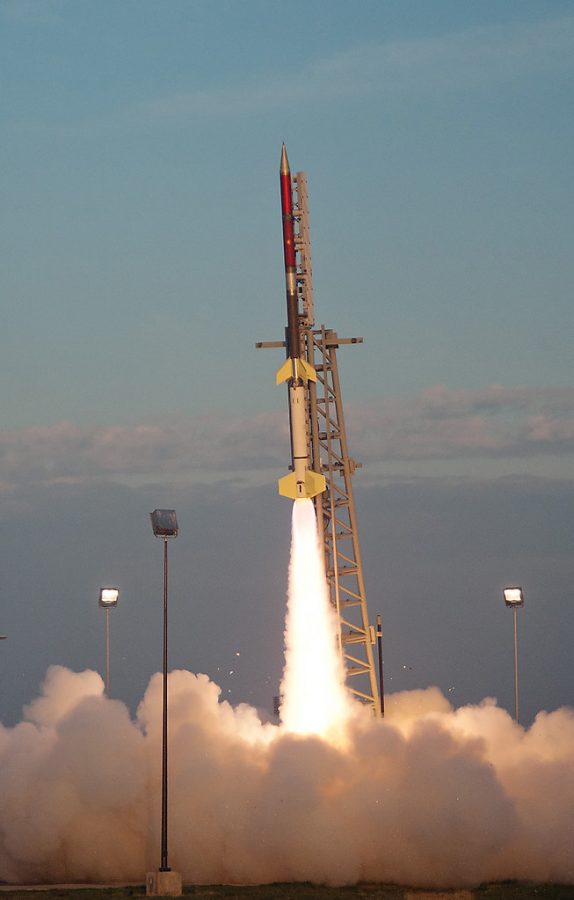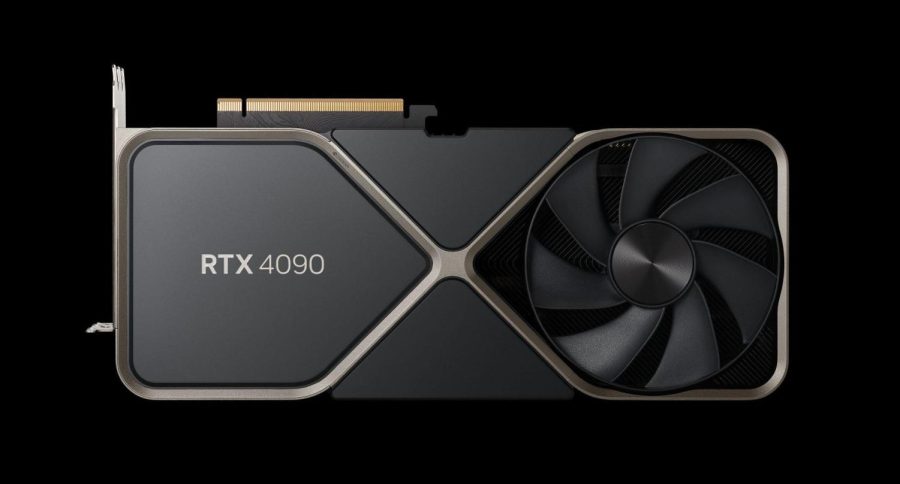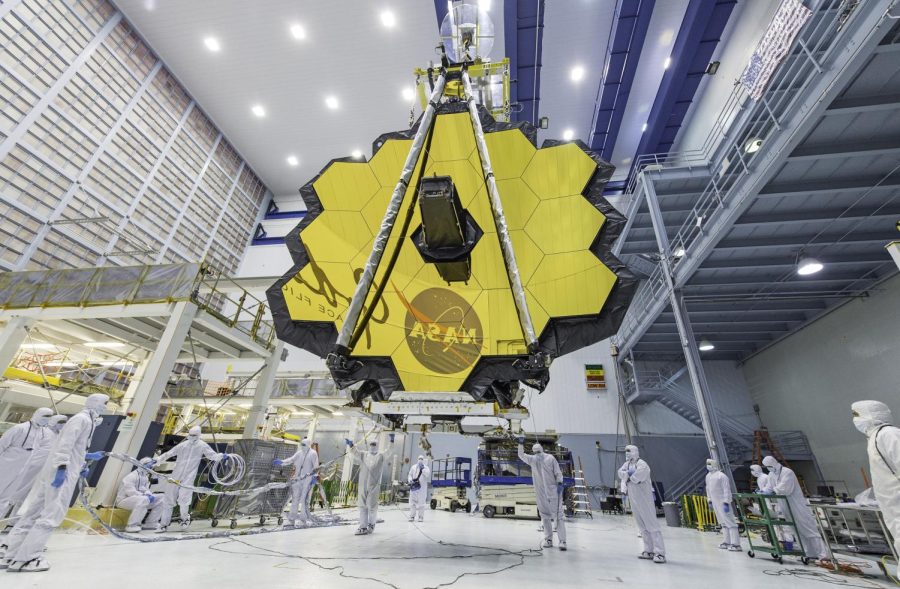Whether it’s the USS Enterprise in Star Trek, a Tie Fighter from Star Wars, or a Quinjet from the Marvel movies, we are all familiar with spaceships and their ability to make short work of a multi-lightyear trip using hyperdrive or antimatter engines.
Despite the seemingly unrealistic elements of these movies, many of the scientific marvels seen in movies currently exist in real life.
Earth exists inside of a massive void known as space; it is filled with other planets, moons, stars, and other materials floating around in it. When we look up at night, we can occasionally see evidence of this, whether it’s a rare sighting of Mars or just a glimpse of the stars. Humankind has always been fascinated by the night sky, as they yearn to reach into it to unlock its secrets.
As technology advanced during the 20th century, this dream finally appeared to be within our grasp. The first rocket, Sputnik, was launched into space in October 1957, and shortly afterward, the Vostok 1 became the first rocket to carry a human into space in 1961.
In July of 1969, space travel took another massive leap as Apollo 11 took Neil Armstrong and his fellow astronauts to the moon. Now, 52 years later, SpaceX has brought civilians to space, creating yet another leap in space travel as the possibility of a new space age draws closer.
The unfortunate prerequisite to the various possibilities tied to interstellar exploration is the ability to travel quickly and efficiently in space. To overcome this obstacle, NASA is researching numerous different methods of deep-space propulsion, ranging from achievable to the very edges of feasibility. Here is a description of three of the most exciting options.
Ion Propulsion
One of the more futuristic but possible candidates for future rocket propulsion mechanisms is ion propulsion. NASA is currently working on an ion propulsion system called NASA Evolutionary Xenon Thruster, or NEXT. NEXT is designed to reduce mission cost and trip time, and it operates at three times the power of NSTAR, the previous ion propulsion system in place. NASA is also working on the Annular engine, which is even more efficient than NEXT, with twice the beam size. This new design could allow ion propulsion in new fields such as commercial and defense.
The Nuclear Rocket
The Fusion Driven Rocket (or FDR) is a dramatically more efficient and powerful method of propulsion due to the exceptional energy density gain of nuclear fuel compared to typical chemical combustion energy. This new approach to propulsion is unique in that its power source releases energy directly into the fuel without requiring conversion to electricity. If all goes according to plan, the Fusion Driven Rocket could be in flight as early as 2028. This type of propulsion is the most likely candidate for future development since it is feasible and efficient.
Antimatter
By far the most powerful and least achievable method of space travel, antimatter possesses the highest energy density of any known substance. One gram of antimatter could produce an explosion with the force of a nuclear bomb if it came into contact with ordinary matter. This property makes antimatter both incredibly powerful and incredibly dangerous.
Antimatter could be used for engines, energy, and, unfortunately, weapons.
Space travel has developed rapidly to reach new possibilities over the last few decades alone. Although we are blocked by challenges now, we may eventually overcome those obstacles and progress further into space. Earth is only the beginning as a tiny blue speck in a limitless mass of swirling planets and suns. Who knows what vast wonders await in the Final Frontier?





